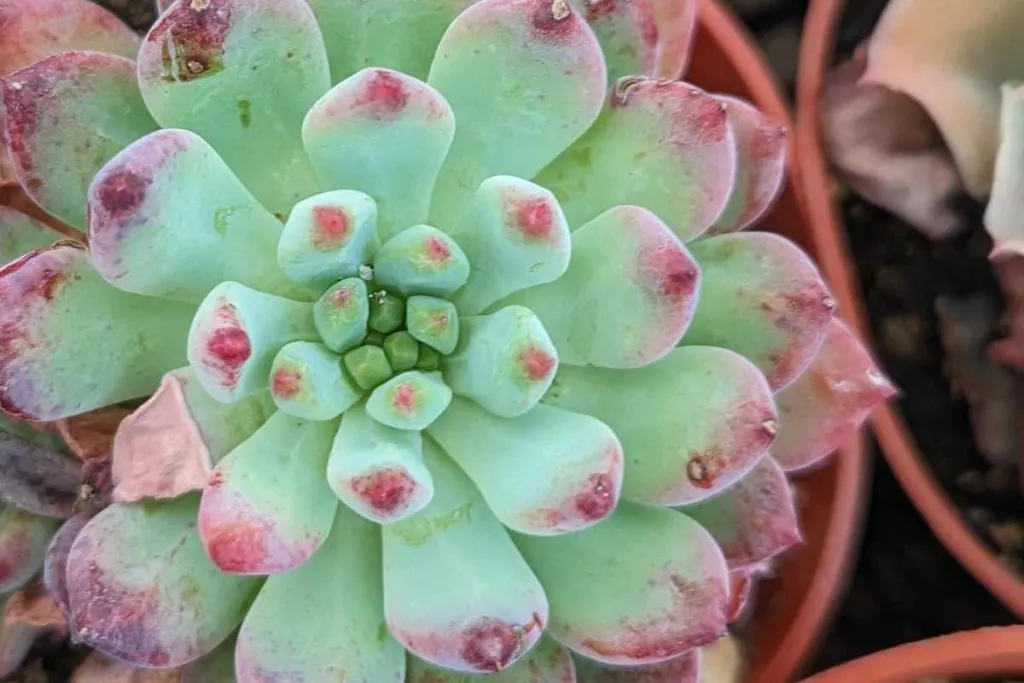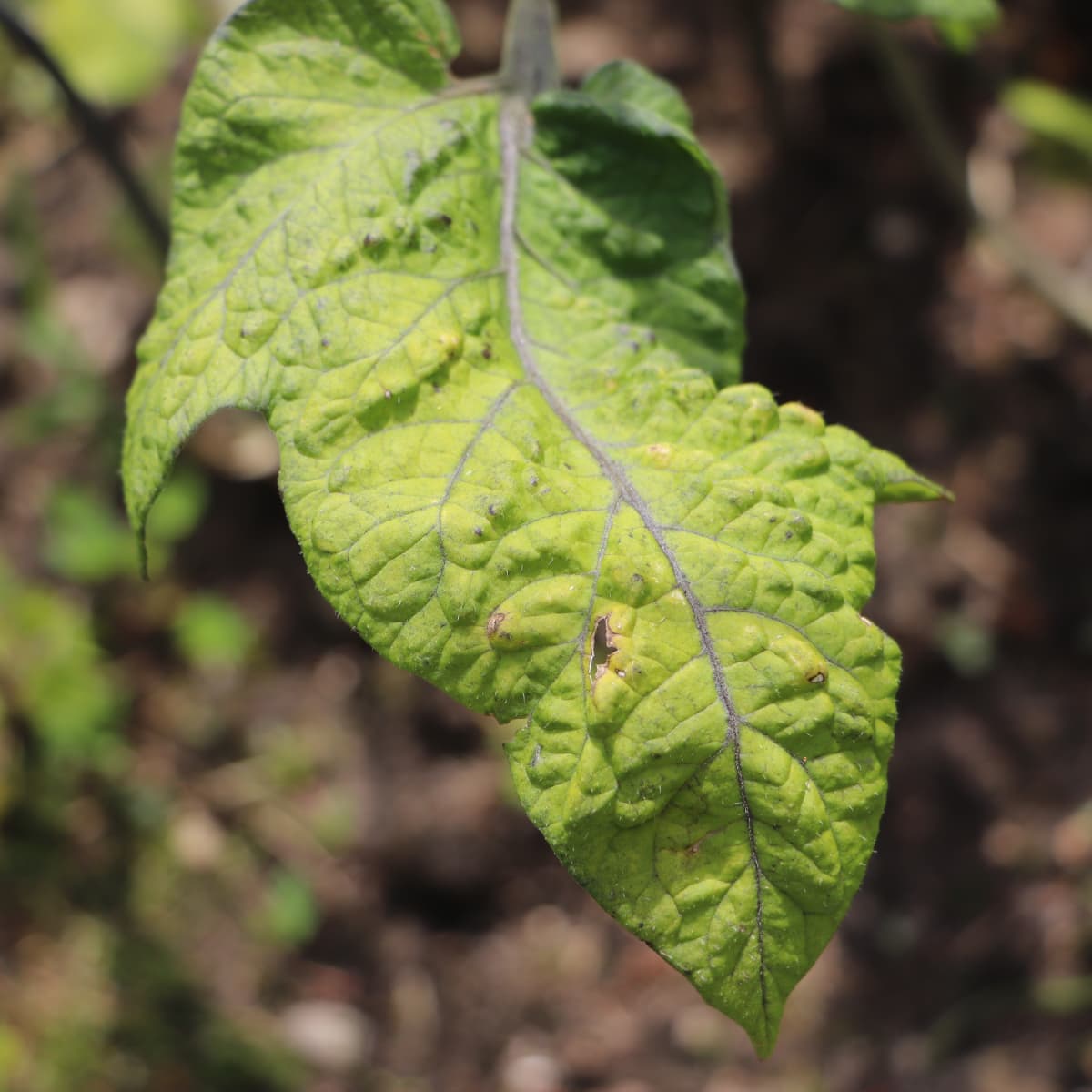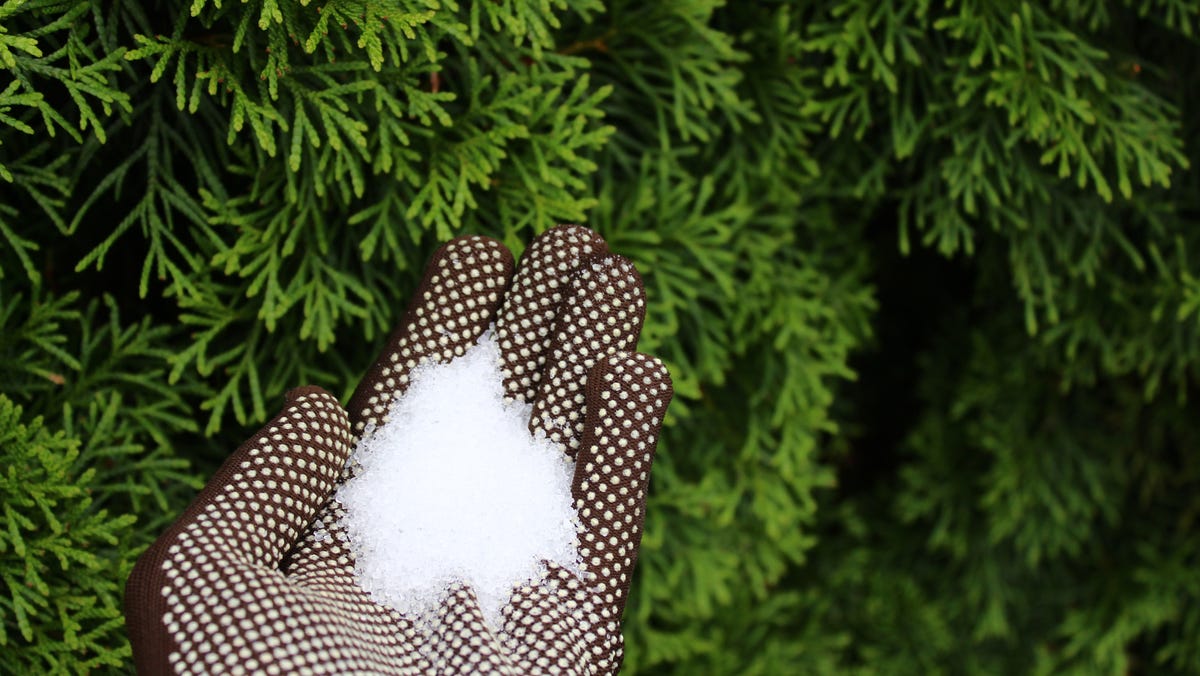Find Out About the Certain Plants That Are Negatively Impacted by Epsom Salt Application
Epsom salt, a preferred home treatment for various horticulture issues, is usually praised for its helpful effects on plant growth. Understanding the details plants that can be adversely influenced by Epsom salt is critical for any type of gardener looking to maximize their plant care regimen.
Roses

Roses, especially conscious modifications in their setting, can be adversely affected by the application of Epsom salt. While Epsom salt is typically utilized as a fertilizer to promote plant growth and improve flowering, roses are one of the plants that do not respond well to its application. The high magnesium web content in Epsom salt can hinder the uptake of other essential nutrients by the rose plants, leading to shortages that materialize as yellowing leaves or stunted development.

Tomatoes
While Epsom salt is commonly proclaimed as a treatment for various plant concerns, including blossom end rot in tomatoes, its application can lead to harmful end results if not used sensibly. Excessive Epsom salt, which is magnesium sulfate, can interfere with the delicate nutrient balance required by tomatoes, possibly leading to deficiencies in other important nutrients like calcium. When thinking about the use of Epsom salt on tomatoes, it is essential to stick to suggested application rates and soil testing to stop unexpected consequences on the total health and wellness and efficiency of these precious yard plants.
Peppers
Peppers, respected for their various shades and degrees of spiciness, can demonstrate sensitivity to negative effects from Epsom salt when not used with care and consideration for their details dietary needs. what plants don't like epsom salt. Peppers, belonging to the Solanaceae household, require a fragile equilibrium of nutrients to thrive. While Epsom salt is recognized to increase magnesium levels in plants, extreme application can disrupt this equilibrium, resulting in damaging results on pepper plants
When peppers are subjected to high levels of magnesium from Epsom salt, it can hinder the plant's capacity to absorb various other essential nutrients like calcium and potassium. This discrepancy might show up in symptoms such as fallen leave discoloration, stunted growth, and lowered fruit production. Furthermore, the extreme magnesium can alter the soil pH, additional exacerbating nutrient uptake concerns for peppers.

Rhododendrons
Offered the sensitivity of certain plant varieties to discrepancies created by Epsom salt, it is important to think about the influence on Rhododendrons, which also require details nutrient degrees to prosper. Rhododendrons are acid-loving plants that like acidic dirt conditions with a pH range between 4.5 and 6.0. Epsom salt, chemically called magnesium sulfate, can alter the soil pH and interrupt the delicate balance of nutrients necessary for see here Rhododendron health.

To preserve the optimal growth and wellness of Rhododendrons, it is important to avoid the indiscriminate usage of Epsom salt and rather concentrate on giving the certain acidic dirt conditions and nutrients that these plants need for flourishing.
Azaleas
Azaleas, recognized for their vibrant flowers and wide variety of shades, are ornamental hedges that belong to the Rhododendron category. These prominent blooming plants are often located in parks, landscapes, and gardens due to their appeal and convenience. Azaleas are delicate to modifications in soil pH degrees, which can substantially affect their growth and general health and wellness. While Epsom salt is generally made use of as a solution for magnesium shortage in plants, its application to azaleas can have unfavorable impacts.
When Epsom salt is put on azaleas, it can change the soil pH, making it a lot more acidic. Azaleas like a little acidic dirt problems, and an unwanted of magnesium from Epsom salt can disrupt this balance, leading to nutrient imbalances and potential poisoning issues. The inaccurate application of Epsom salt can lead to stunted growth, yellowing of leaves, and total decrease in the health and wellness of azaleas. It is crucial to be cautious when thinking about the usage of Epsom salt on azaleas to stop any type of negative consequences on these fragile ornamental hedges.
Verdict
Finally, it is very important to be knowledgeable about the particular plants that can be adversely influenced by the application of Epsom salt. Roses, tomatoes, peppers, azaleas, and rhododendrons are some instances of plants that might not gain from Epsom salt and might even suffer injury. It is essential to research and recognize the needs of each plant varieties prior to utilizing Epsom salt as a plant food to ensure their wellness and health.
Comprehending the specific plants that can be detrimentally affected by Epsom salt is crucial for any gardener looking to maximize their plant treatment routine. While Epsom salt is commonly utilized as a fertilizer to promote plant development and boost flowering, roses learn the facts here now are one of the plants that do not respond well to its application.Too much usage of Epsom salt can also result in a build-up of salts in the soil, leading to root damages and dehydration of the rose plants. While Epsom salt is understood to increase magnesium degrees in plants, excessive application can disrupt this balance, leading to negative results on pepper plants.
The high salt content in Epsom salt can likewise dry out Rhododendron origins, creating further tension and damage to the plant. (what plants don't like epsom salt)